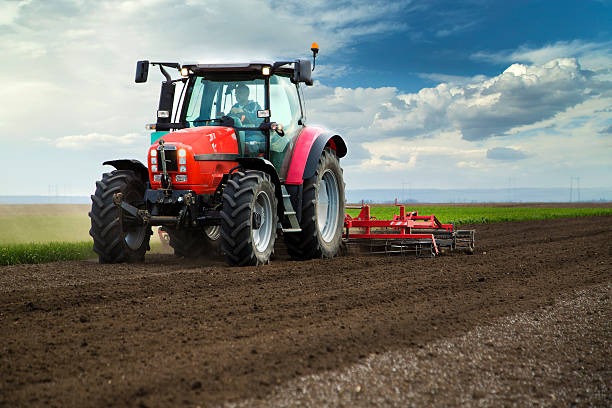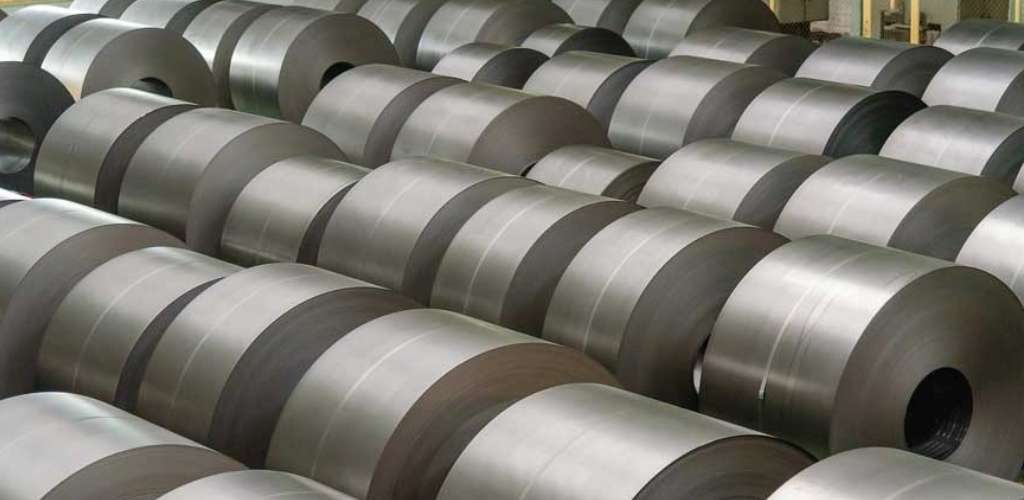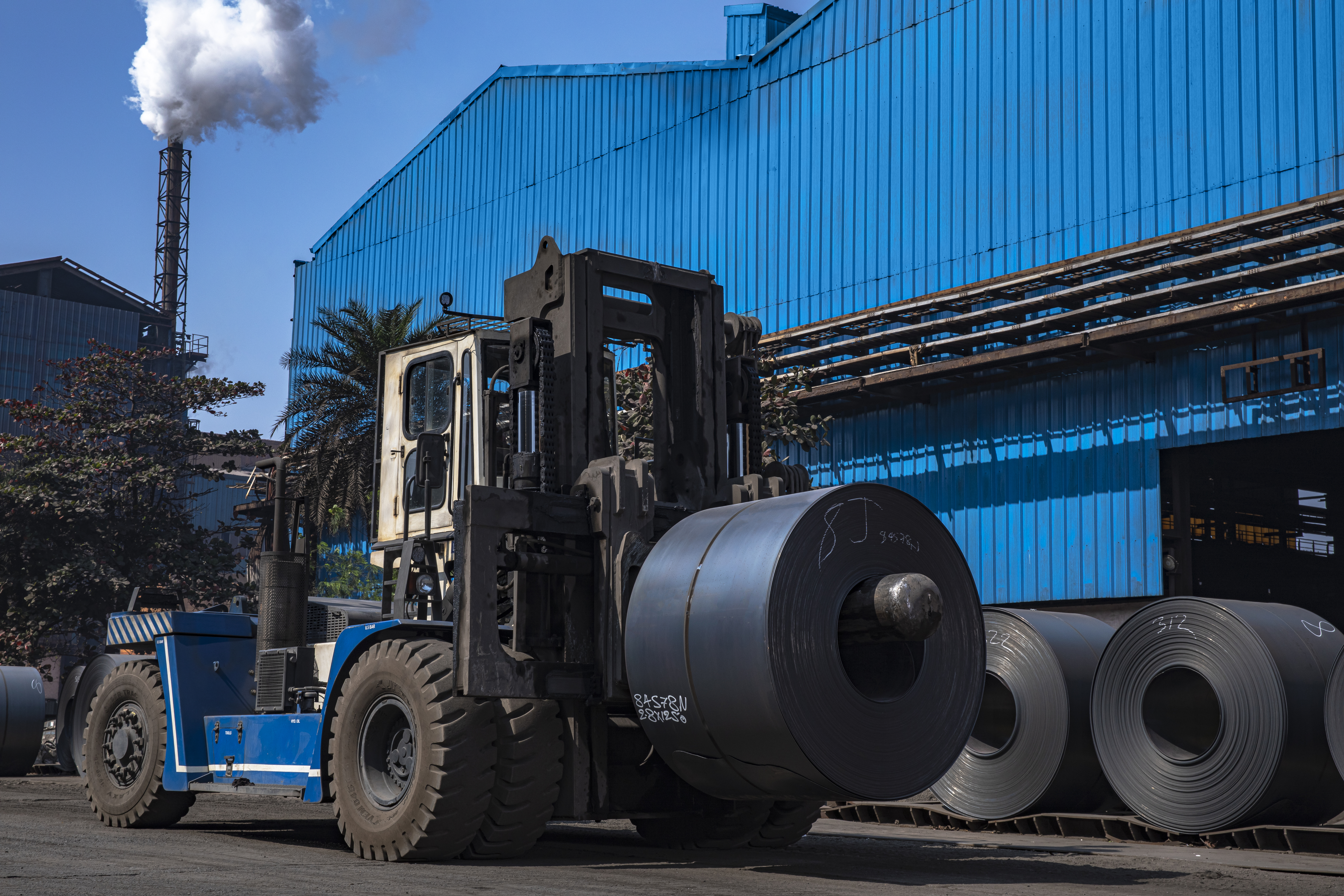

Building High: Hot Rolled Steel for Pre-engineered building
The demand for efficient, durable, and cost-effective building solutions is at an all-time high. Pre-engineered buildings (PEBs) have emerged as a game-changer, offering unparalleled advantages in terms of speed, flexibility, and affordability. A critical component of PEBs is hot rolled steel, which plays a pivotal role in ensuring the structural integrity and performance of these modern constructions. Today, we get into the significance of hot rolled steel in pre-engineered buildings, focusing on its advantages and the advancements of AM/NS India’s steel plant in India that caters to hot rolled steel.
The Role of Hot Rolled Steel in Pre-engineered Buildings
Hot rolled steel is produced by rolling steel at high temperatures, typically over 1,700°F (927°C), which is above the recrystallisation temperature of steel. This process allows the steel to be easily shaped and formed into various structural components. For pre-engineered buildings, hot rolled steel is indispensable due to several key factors:
Strength and Durability:
Hot rolled steel provides the necessary strength to withstand heavy loads and harsh environmental conditions. Its superior tensile strength ensures that the structures can endure stresses from both static and dynamic loads, making it ideal for large-span buildings and industrial complexes. At the AM/NS steel plant in India, the various properties of the steel are thoroughly checked to ensure compliance and superior performance characteristics.
Versatility:
The ability to produce steel sections in a wide range of shapes and sizes makes hot rolled steel highly versatile. It can be customized to meet specific design requirements, allowing for creative and innovative architectural solutions.
Cost-Effectiveness:
The efficiency of the hot rolling process translates into lower production costs, making hot rolled steel an economical choice for pre-engineered buildings. Additionally, the reduced construction time and labour costs further enhance the overall cost-effectiveness of PEBs.
Advancements in Steel Manufacturing Plants
The production of hot rolled steel is a sophisticated process that requires advanced technology and meticulous quality control. Steel manufacturing plants have evolved significantly over the years, incorporating state-of-the-art machinery and techniques to improve the quality and efficiency of steel production.
Technological Innovations
AM/NS India’s steel manufacturing plants utilise cutting-edge technologies such as automation, real-time monitoring, and advanced rolling mills to enhance the production process. Automation reduces human error and increases precision, ensuring consistent quality across batches. Real-time monitoring systems enable plant operators to track and control various parameters, such as temperature and pressure, ensuring optimal conditions for producing high-quality hot rolled steel.
Environmental Sustainability
Steel plants in India and around the world are increasingly focusing on sustainable practices to minimise their environmental impact. Initiatives such as recycling scrap steel, reducing energy consumption, and implementing waste management protocols are becoming standard practices. For instance, the use of electric arc furnaces, which recycle scrap steel, not only conserves natural resources but also significantly reduces greenhouse gas emissions.
The Indian Steel Industry: A Global Powerhouse
India's steel industry has witnessed remarkable growth, making it one of the largest steel producers globally. With a robust infrastructure and a skilled workforce, steel plants in India are well-equipped to meet the rising demand for hot rolled steel in the pre-engineered building sector.
Key Statistics
Production Capacity:
As of recent data, India has an annual production capacity of over 140 million tonnes of steel, with hot rolled steel accounting for a substantial portion of this output.
Export Market:
India is a major exporter of steel, with significant quantities of hot rolled steel being shipped to various countries, contributing to the global supply chain of pre-engineered buildings.
Strategic Advantages
A steel plant in India benefits from abundant raw materials, including high-quality iron ore and coal, which are essential for steel production. Additionally, the strategic location of these plants near ports facilitates efficient export operations, strengthening India's position in the global steel market.
Conclusion
The integration of hot rolled steel in pre-engineered buildings represents a significant advancement in the construction industry, offering numerous benefits in terms of strength, versatility, and cost-effectiveness. AM/NS India’s improvements in steel manufacturing ensure a steady supply of high-quality hot rolled steel to meet the growing demands of the industry. As the trend towards sustainable and efficient building solutions continues, hot rolled steel will remain a cornerstone of modern construction, driving the evolution of pre-engineered buildings to new heights.
Explore our latest Post
- Market Dynamics: Analyzing The Demand And Supply Of Hot Rolled Steel In India
- Hot Rolled Steel Sheets And Coils: Versatile Industrial Materials
- The Role Of AM/NS Stallion In Improving Modern-Day Agriculture
- The Manufacturing Process Behind Hot Rolled Steel
- Hot Rolled vs Cold Rolled Steel: Understanding the Differences



